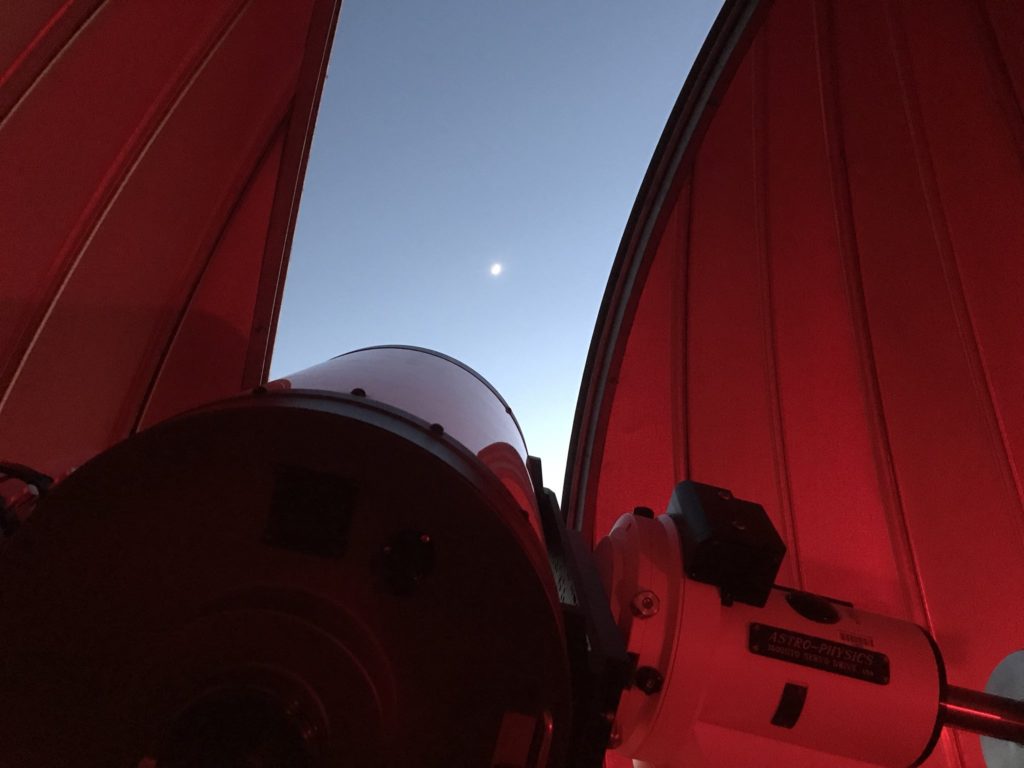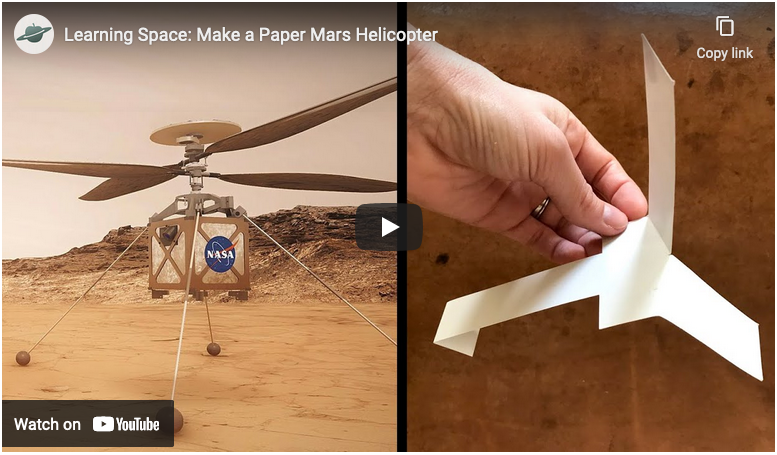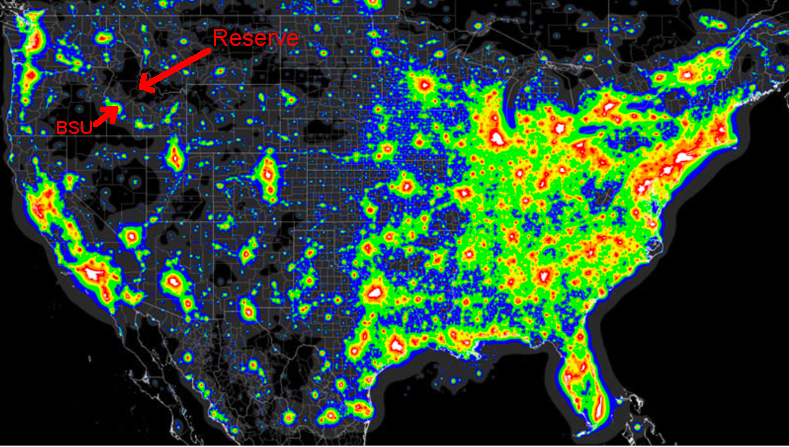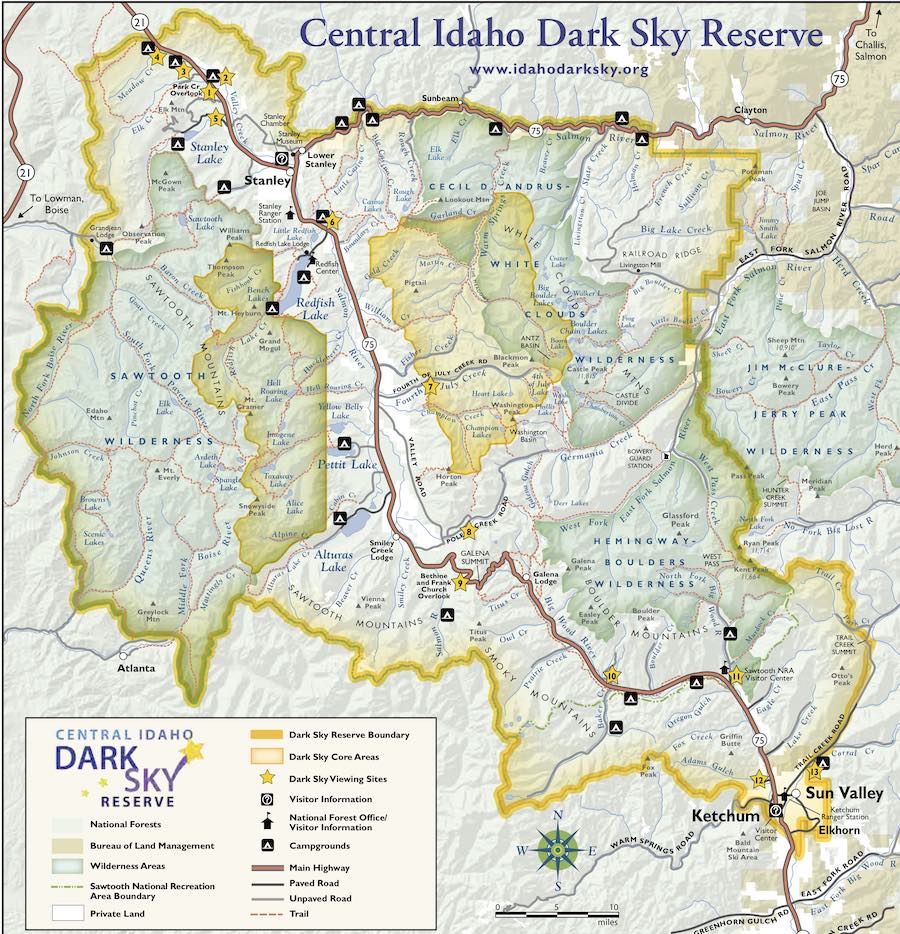
Summary
The Central Idaho Dark Sky Reserve (CIDSR) STEM Network is a NASA-funded organization based in Boise State’s Physics Department to develop network of STEM engagement efforts throughout the state of Idaho. In particular, we have a cornerstone partnership with the Central Idaho Dark Sky Reserve, the only gold star-certified dark sky reserve in the US spanning an under-served rural region and thus an ideal venue for STEM engagement.
The program combines several, mutually supporting strands: (1) ongoing community education efforts hosted at Boise State; (2) adapting NASA Science Mission Directorate (SMD) materials and infrastructure to Idaho’s Content Standards for Science curriculum; (3) citizen science light pollution monitoring to support the Reserve’s mission; and (4) an astronomer-in-residence program within the CIDSR.
AstroTAC – Astronomers-in-Training Assisting the Community
To help run these programs, we provide a training course in STEM outreach for a team of Boise State students, the “astronomers-in-training assisting the community” or AstroTAC group. Student training comes in the form of presentations and practicum led by a variety of experts including traditional and social media training, fund-raising, and curriculum development. The program supports student teaching assistantships to help with astronomy courses at Boise State both to provide the students with additional training and as a way to recruit the next year’s cohort of students.
If you’re a Boise State student with an interest in astronomy and public outreach, contact Prof. Brian Jackson of Boise State Physics.
Matching NASA Educational Materials to Idaho’s Required STEM Curriculum
The second important strand of our program involves aligning existing NASA resources and lesson materials to the current K-12 Idaho Content Standards for Science, which are modeled from the Next Generation Science Standards (NGSS). This strand is modeled on work of the SciAct-supported program Smoky Mountains STEM Collaborative. This effort also involves a partnership with the Idaho STEM Action Center, and our program will provide curriculum and materials to STEM teachers throughout Idaho. This effort is led by our Co-Investigators Janette Smith and Matt Wigglesworth, clinical faculty at Boise State.
If you are an Idaho STEM teacher and want to put NASA science into your classroom, contact Prof. Brian Jackson of Boise State Physics.
Light Pollution Monitoring and Education
A key strand of our proposed program is monitoring of and public education about the light pollution within the CIDSR. Co-Investigator Prof. Travis Longcore based in UCLA’s Institute of the Environment and Sustainability (IoES) will take the lead on this effort and will engage two undergraduate light pollution ambassadors from UCLA. The two light pollution ambassadors from UCLA will be trained in detail on light pollution, assist with development of training materials, and participate as peer trainers for the AstroTAC students. In addition to participating with the AstroTAC students, the UCLA two students will travel to the CIDSR each summer to collect new light pollution measurements.
If you’re interested in learning more light pollution and its multitudinous effects, contact Prof. Brian Jackson of Boise State Physics.
Astronomer-in-Residence in the CIDSR
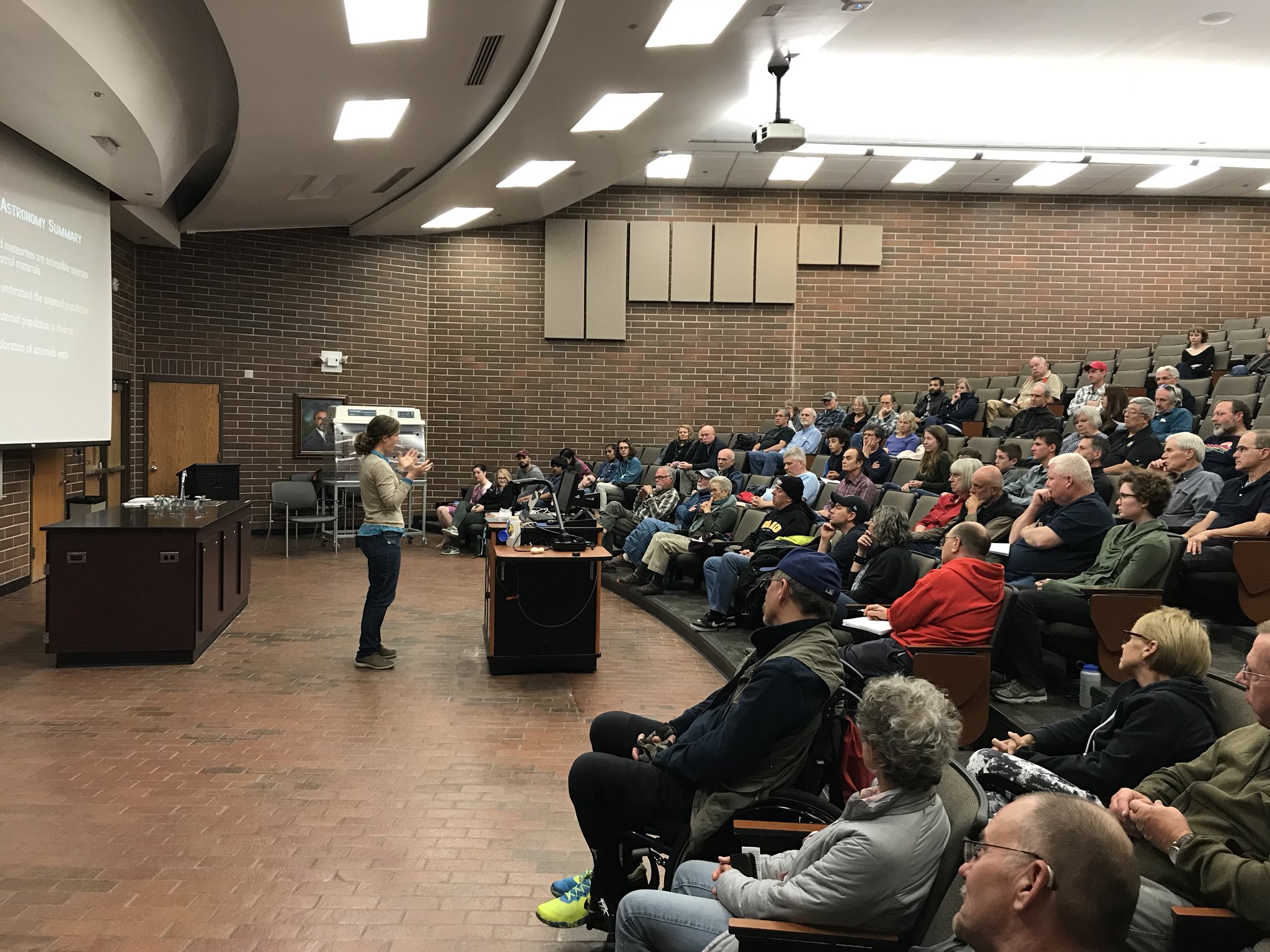
The final strand of our proposal would involve development of an astronomer-in-residence within the CIDSR. This program would operate analogous to an artist-in-residence program, common at many artist retreats. The basic premise: each year during the grant, the Central Idaho Dark Sky Reserve STEM Network would solicit applications from US-based astronomers and space scientists to travel to and spend several weeks within the Reserve to give regular science lectures and lead stargazing events.
If you are a space scientist with a passion for public outreach and are interested to learn more about the astronomer-in-residence program, contact Prof. Brian Jackson of Boise State Physics.
